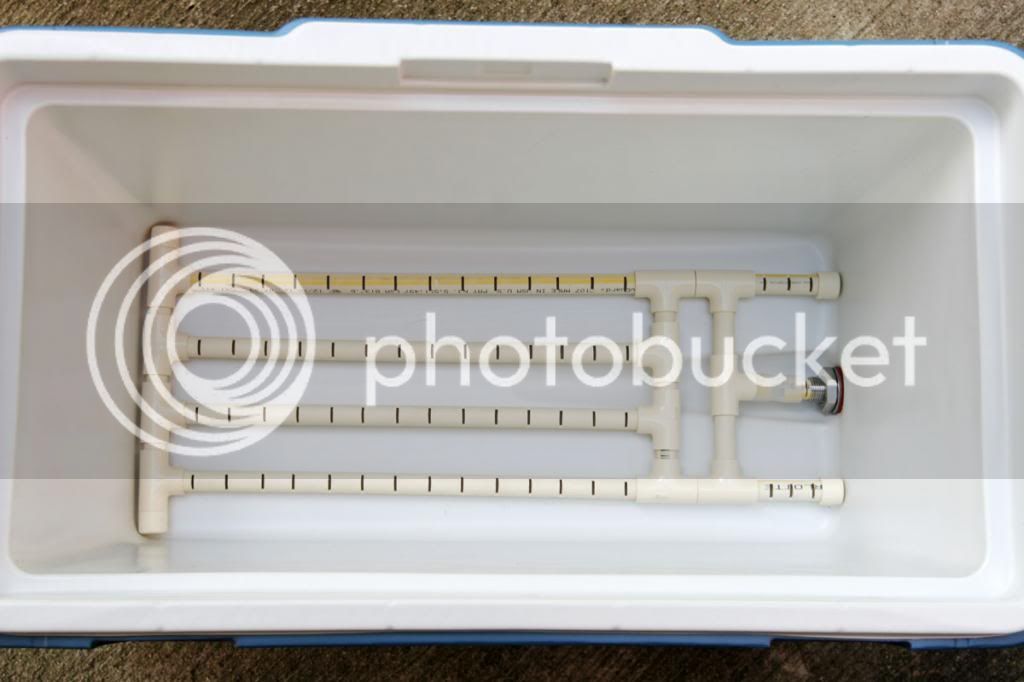Hey!
I have a few questions about sparking. First off, which form of sparging is the easiest for a beginner and yields the best efficiency?
I've done an all-sparge previously, but I feel like I missed out on a couple of gallons of mash liquid. I've watched some people do continuous sparging. So my question about continuous sparging is how much sparge water do you use, and do you allow your mash tun to drain the whole time you're adding sparge water?
Also, for batch sparging, do you drain the whole mash tun and re-add the same volume of water to the tun again? How long does it need to sit for after the initial 1-hour period?
Thanks in advance for your time!
I have a few questions about sparking. First off, which form of sparging is the easiest for a beginner and yields the best efficiency?
I've done an all-sparge previously, but I feel like I missed out on a couple of gallons of mash liquid. I've watched some people do continuous sparging. So my question about continuous sparging is how much sparge water do you use, and do you allow your mash tun to drain the whole time you're adding sparge water?
Also, for batch sparging, do you drain the whole mash tun and re-add the same volume of water to the tun again? How long does it need to sit for after the initial 1-hour period?
Thanks in advance for your time!




